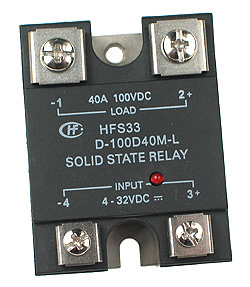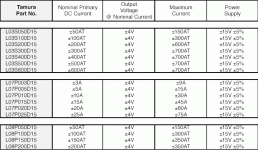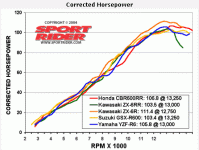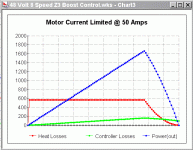safe
1 GW
- Joined
- Dec 22, 2006
- Messages
- 5,681
fechter said:When the voltage drop across the shunt increases enough, the comparator threshold will be crossed, driving the output of the amp low. The diode conducts, pulling the throttle signal low. The resistor in series with the throttle signal limits the current on the output of the throttle hall to prevent overcurrent.
It's a 5 volt max system right? All the comparator can do is cut the throttle signal... hmmmm... I just don't understand it even though you've made what looks like an honest attempt at explaining it. I'm sure any knowledgeable electrical engineer would understand. :?
Maybe I need to get to a question that is more simple:
"Does the comparator simply 'chop' off the throttle signal whenever the shunt voltage is too high, or is there more to it?"
It seems like you've made a circuit that is very flexible, but harder for me to figure out.
Couldn't you use a comparator in such a way that when it "toggles" the result is like a relay that opens and the throttle signal is simply turned off. Even a relay could work I suppose and since those have long latency periods you would not have to worry about capacitors. Kind of a crude idea though...
Minimalist Idea
You simply use a small relay that runs on the shunt current. If the voltage goes high the relay opens and the throttle signal is chopped... when it goes low it closes. That eliminates the entire circuit! :lol:






